A dendrometer is an instrument used to measure diameter changes of trees and fruit. Small micrometer changes in diameter occur in trees and fruit throughout the day as part of healthy water transport processes. Comparisons of these daily changes in diameter can help predict the onset and occurrence of water stress. In addition, diameter measurements collected over weeks and months can reveal the rate and magnitude of plant growth.
The OpenDendrometer is a low-cost digital dendrometer with wireless data transfer capabilities. In simplest terms, it is device that measures, logs, and wirelessly reports changes in linear displacement. It uses commonly available electronics components and fabrication techniques to ensure that others can easily build their own OpenDendrometer. All design files and information are shared freely.
 John Opsahl
John Opsahl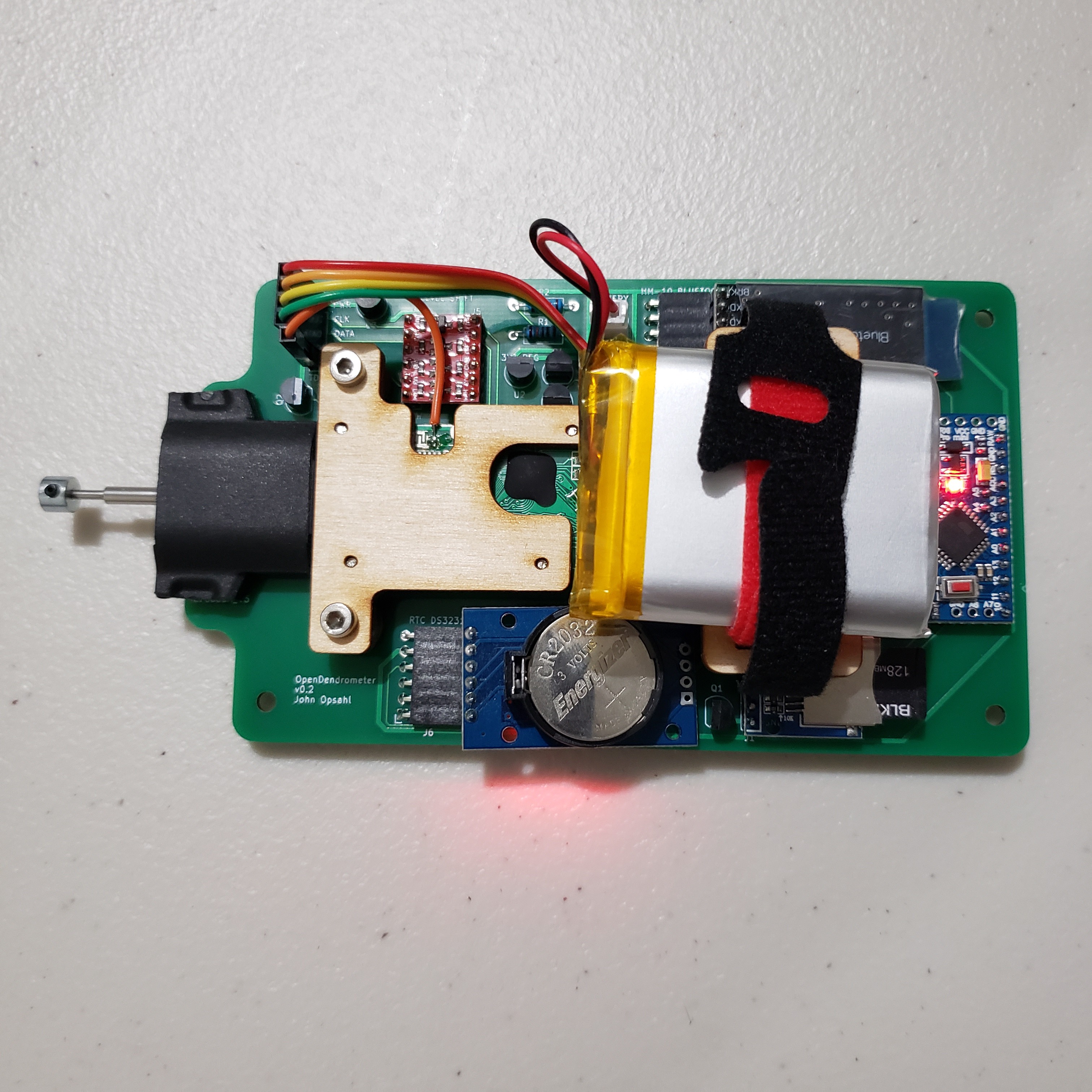
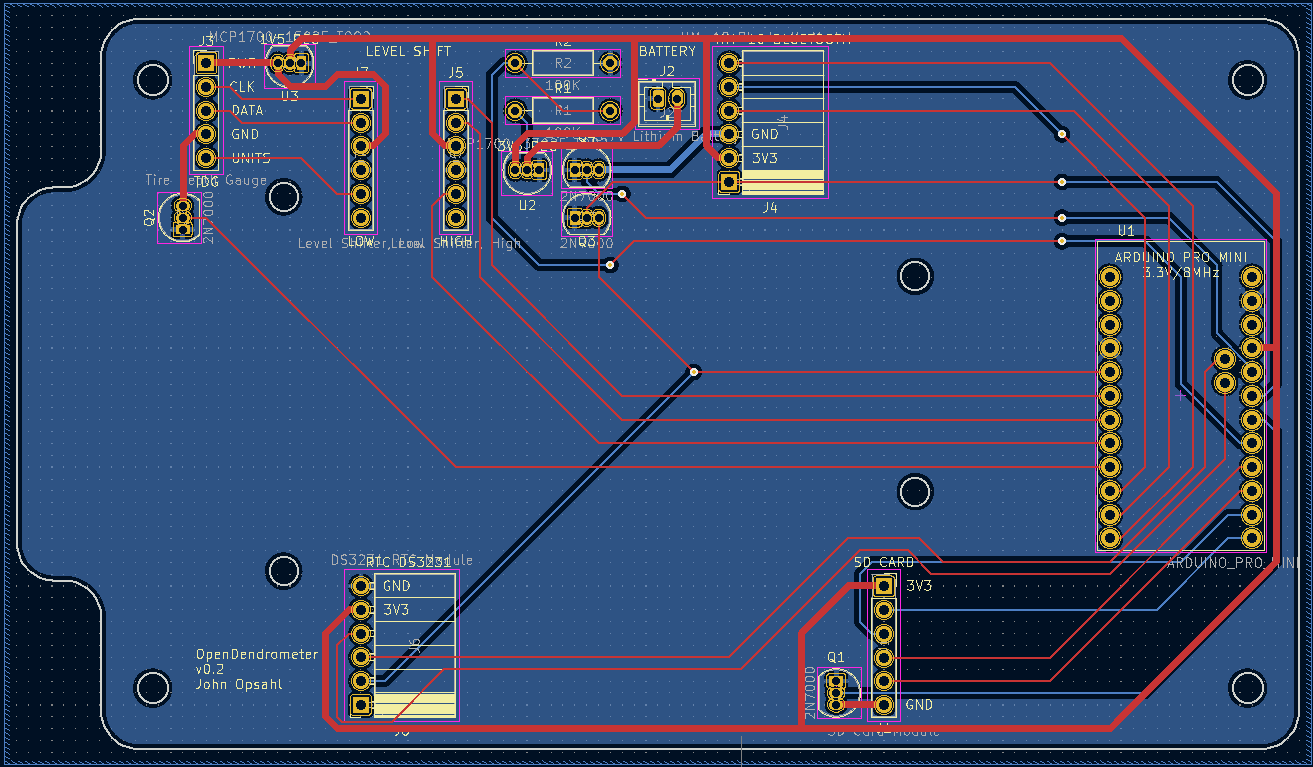
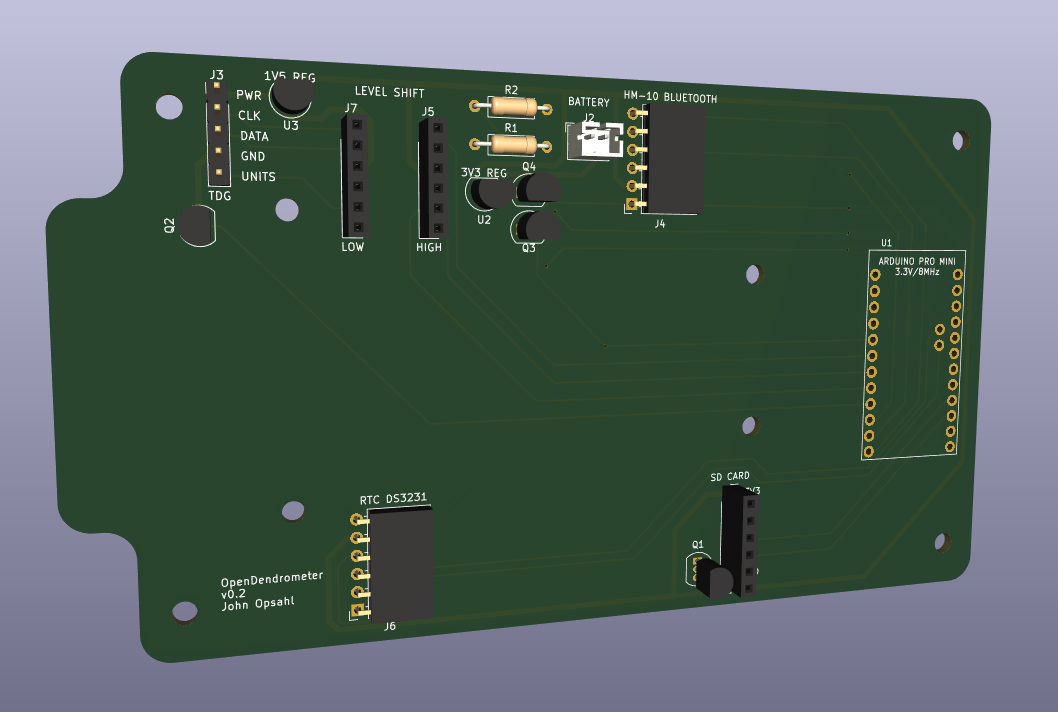
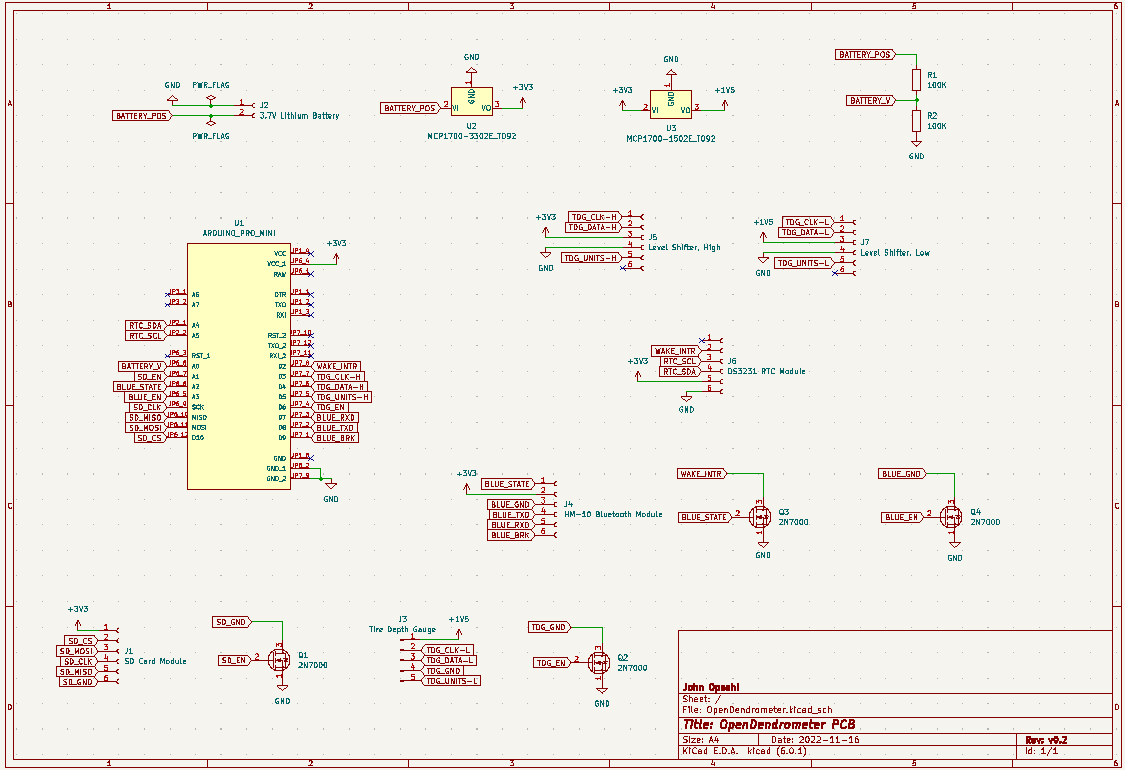
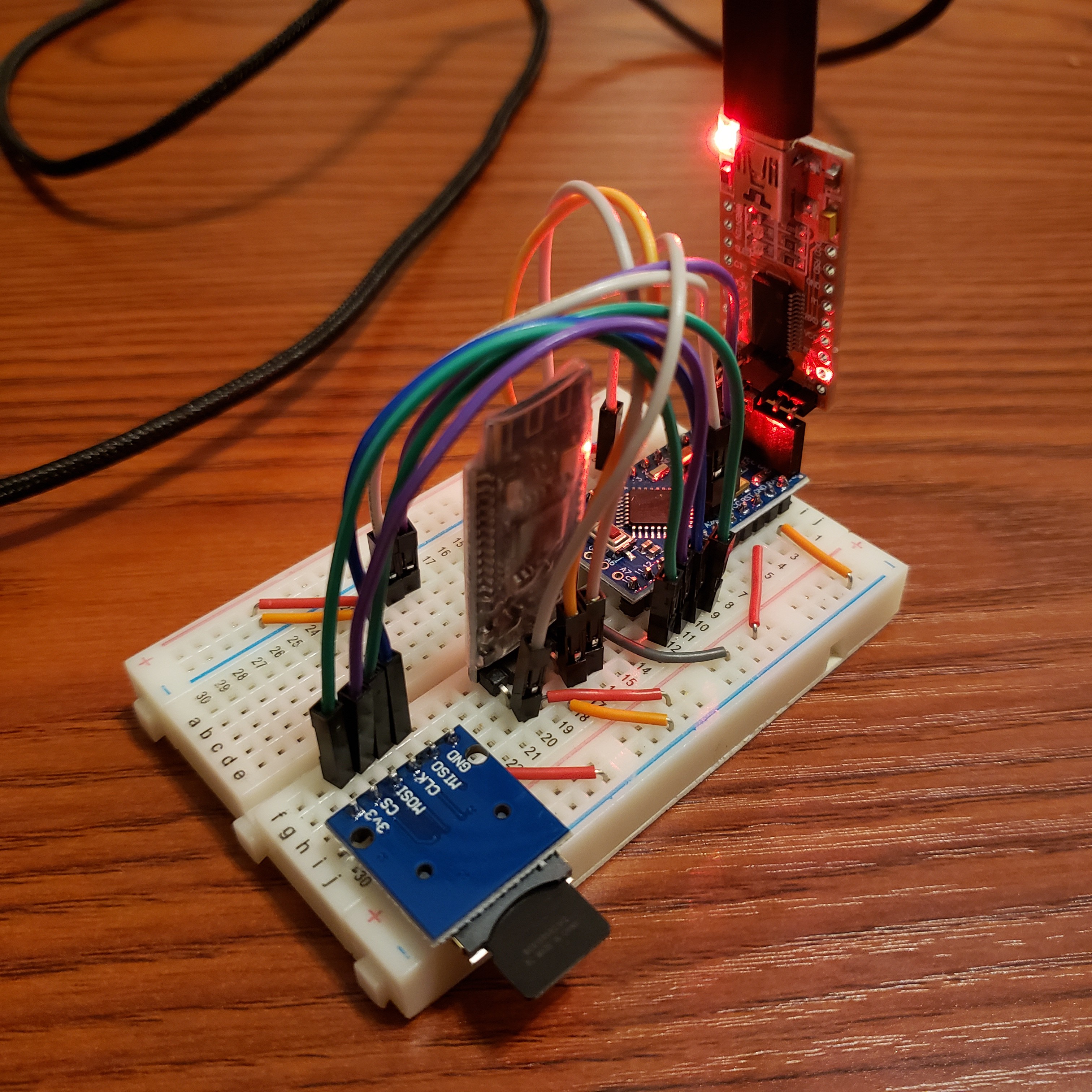 I was able to make significant progress towards adding wireless data transfer with Bluetooth this weekend. The image above is the breadboard unit used for Bluetooth testing.
I was able to make significant progress towards adding wireless data transfer with Bluetooth this weekend. The image above is the breadboard unit used for Bluetooth testing.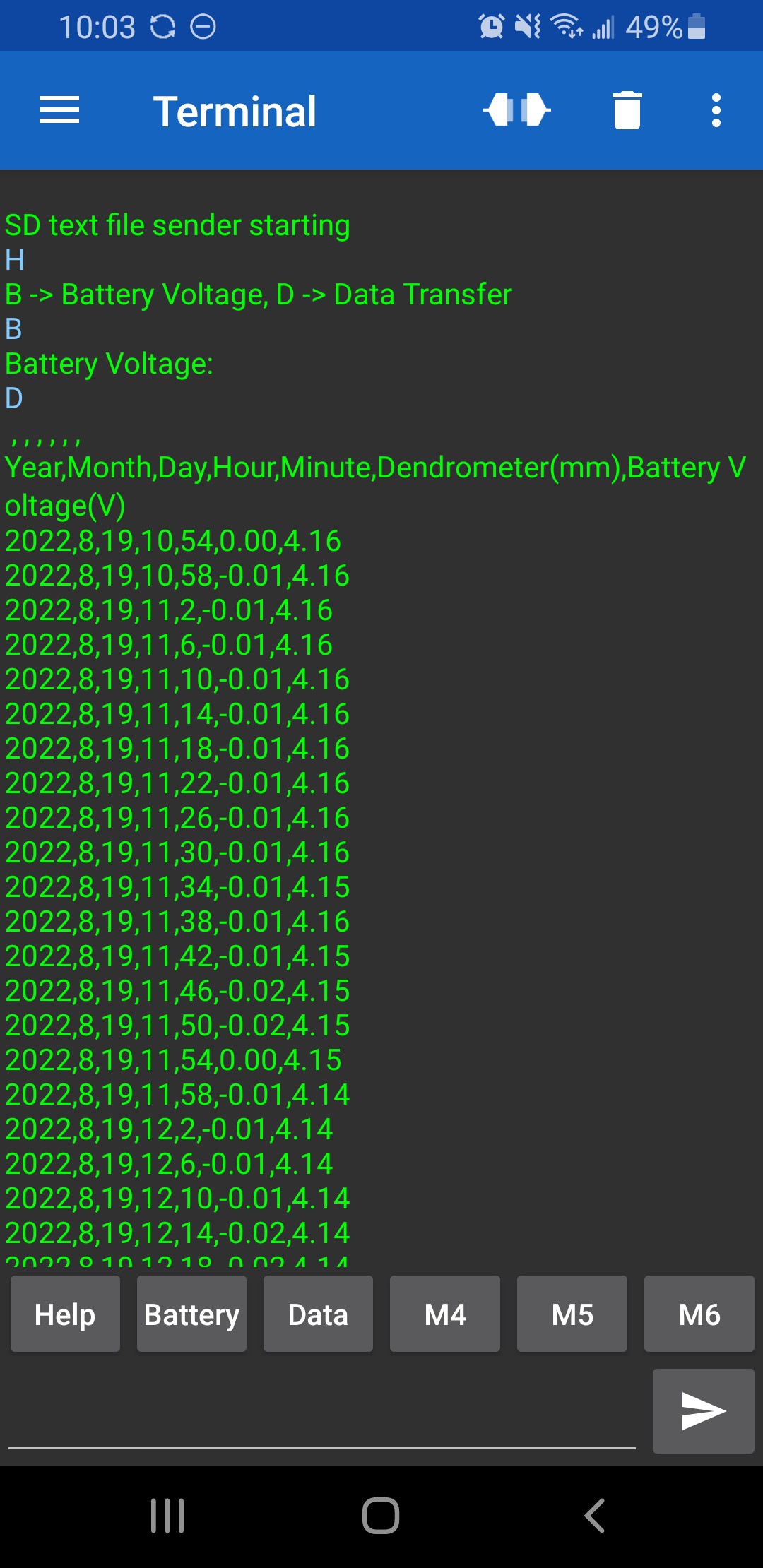
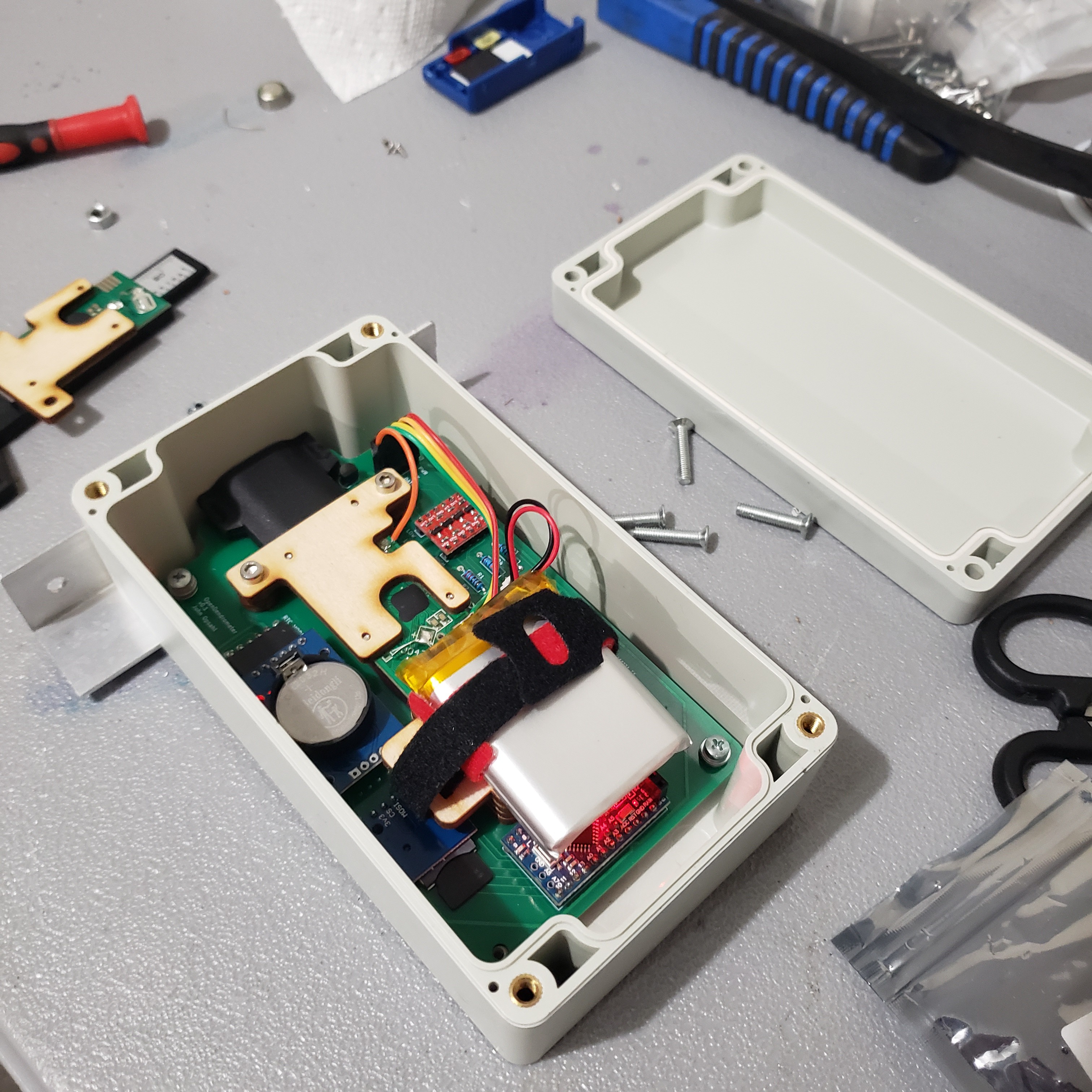
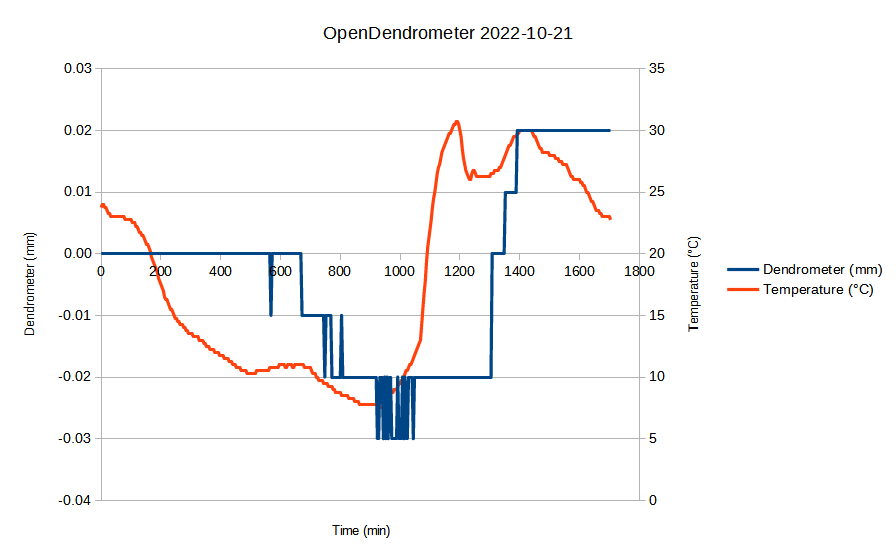
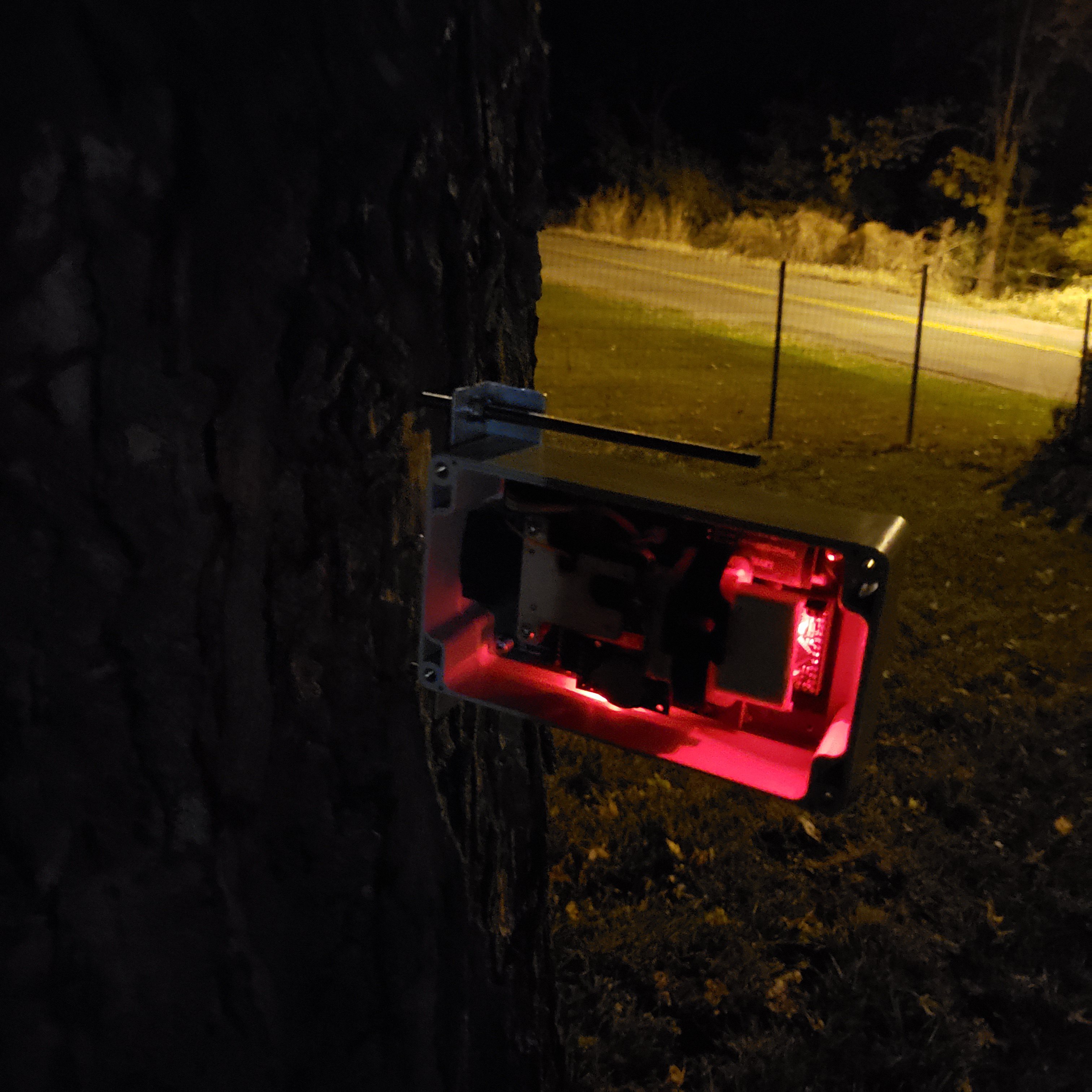
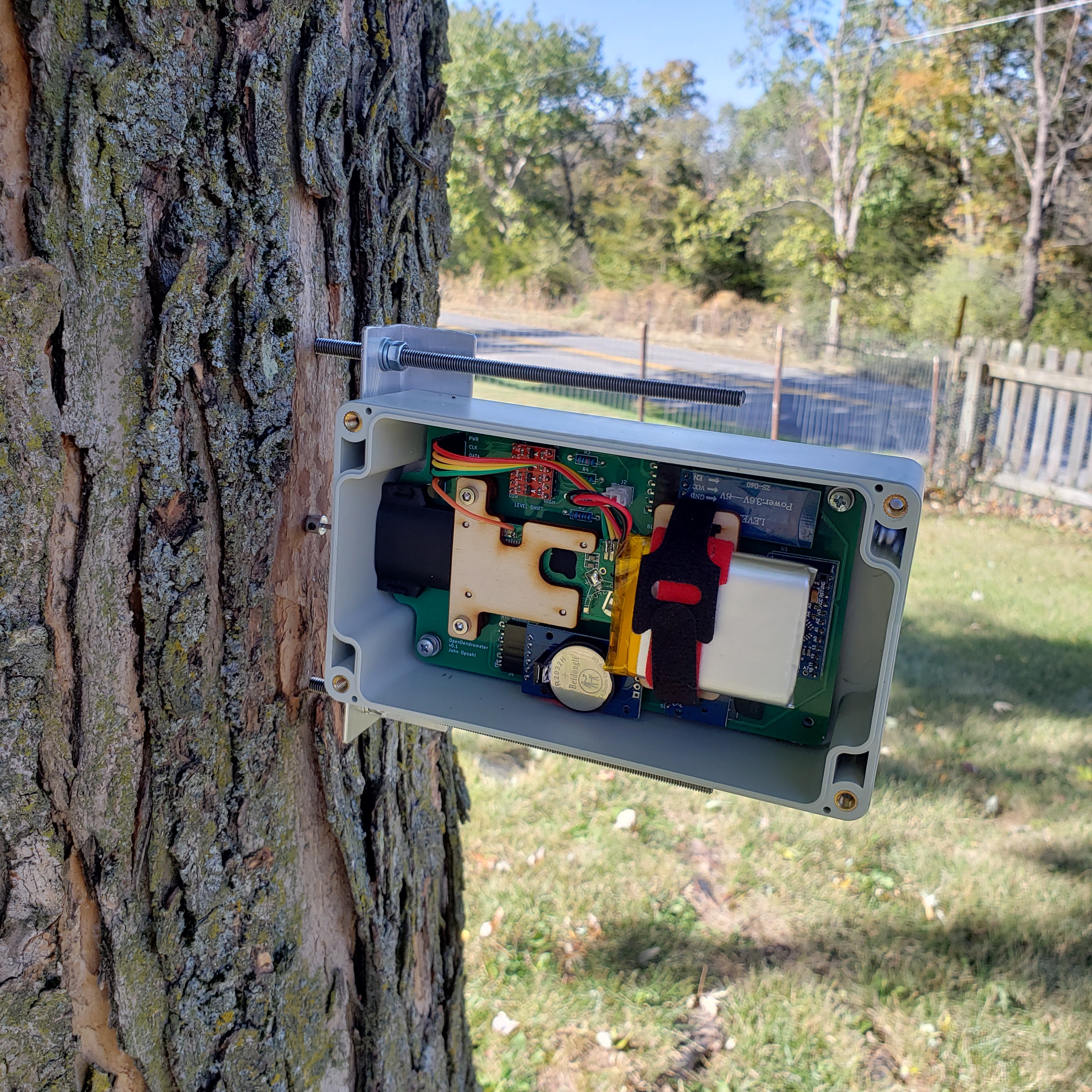
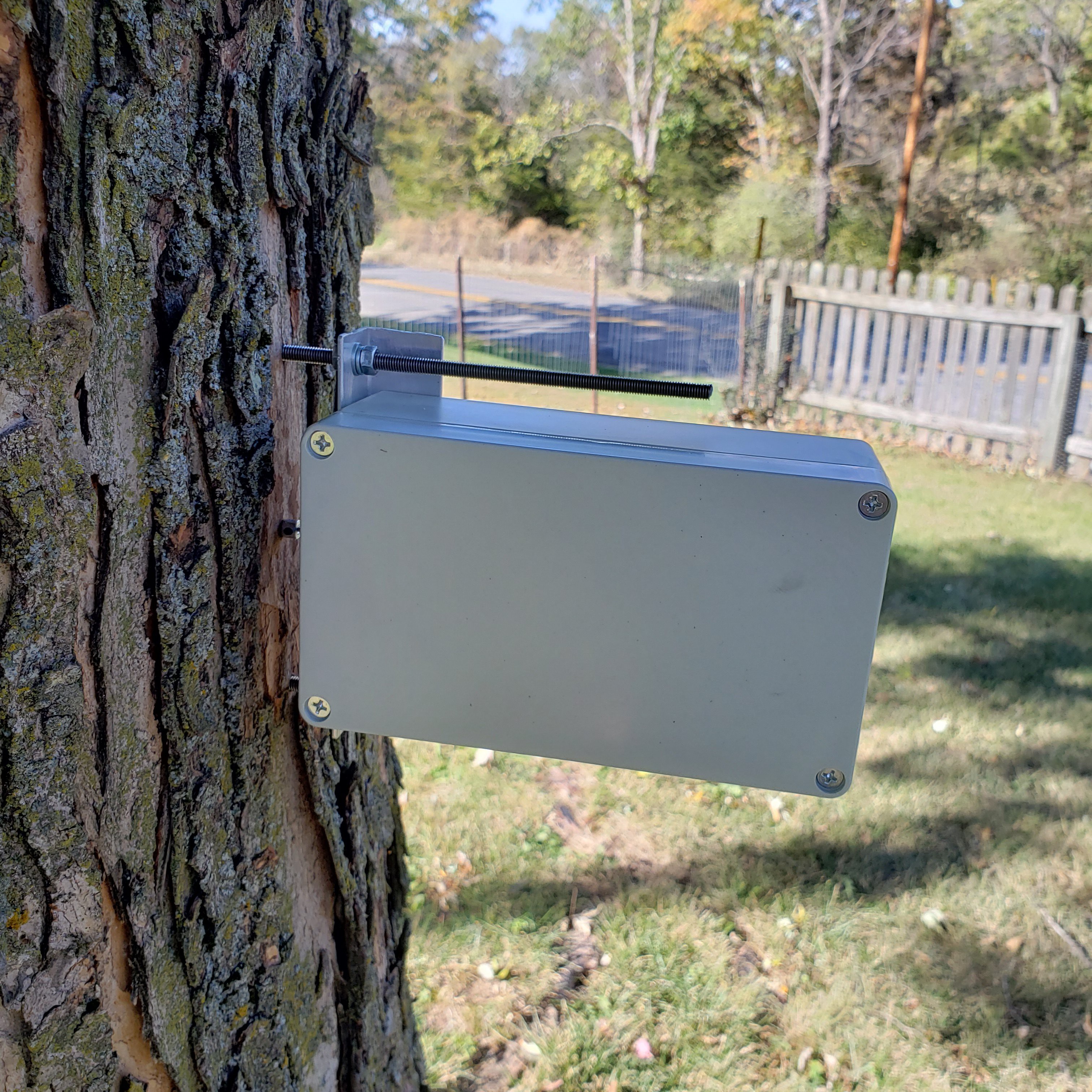
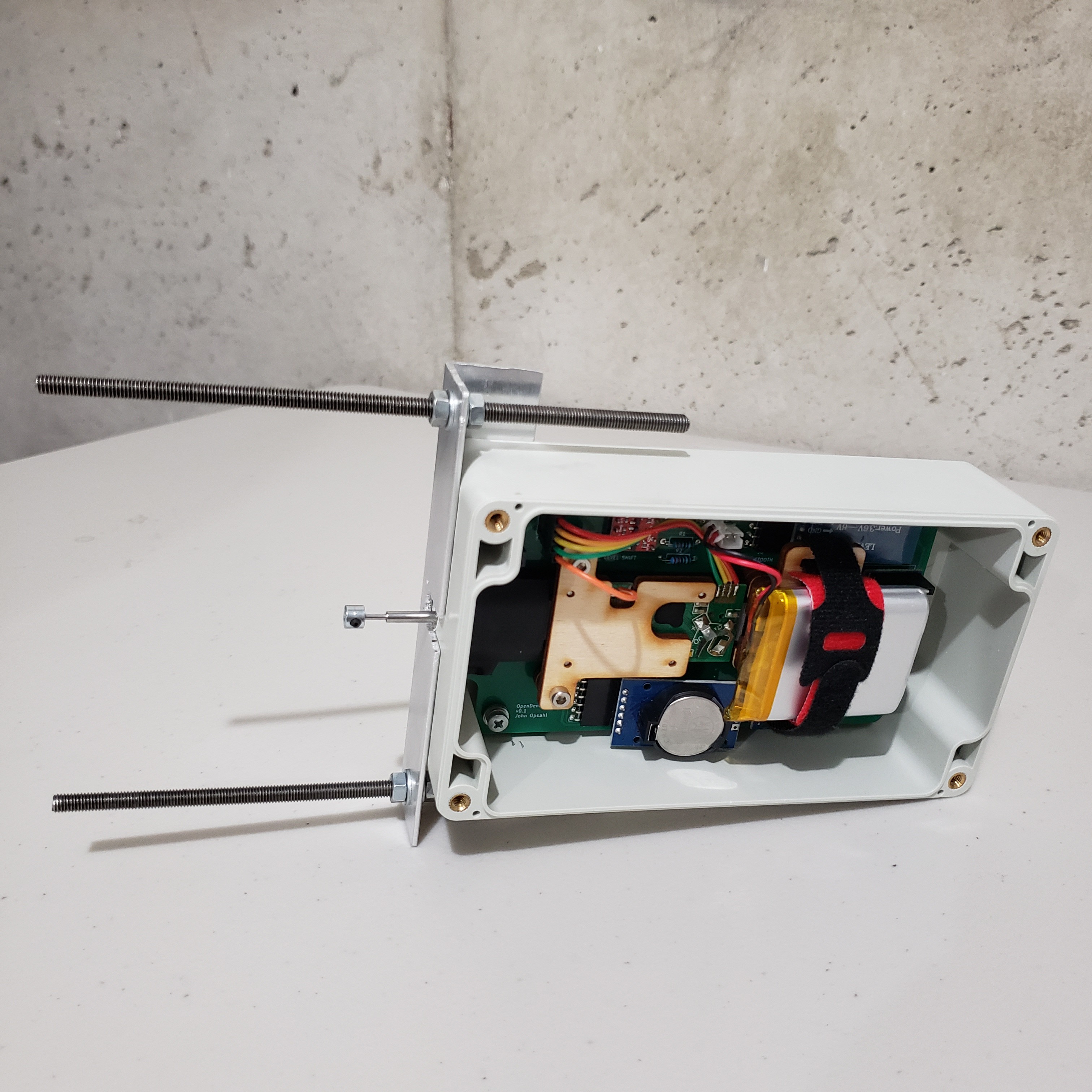
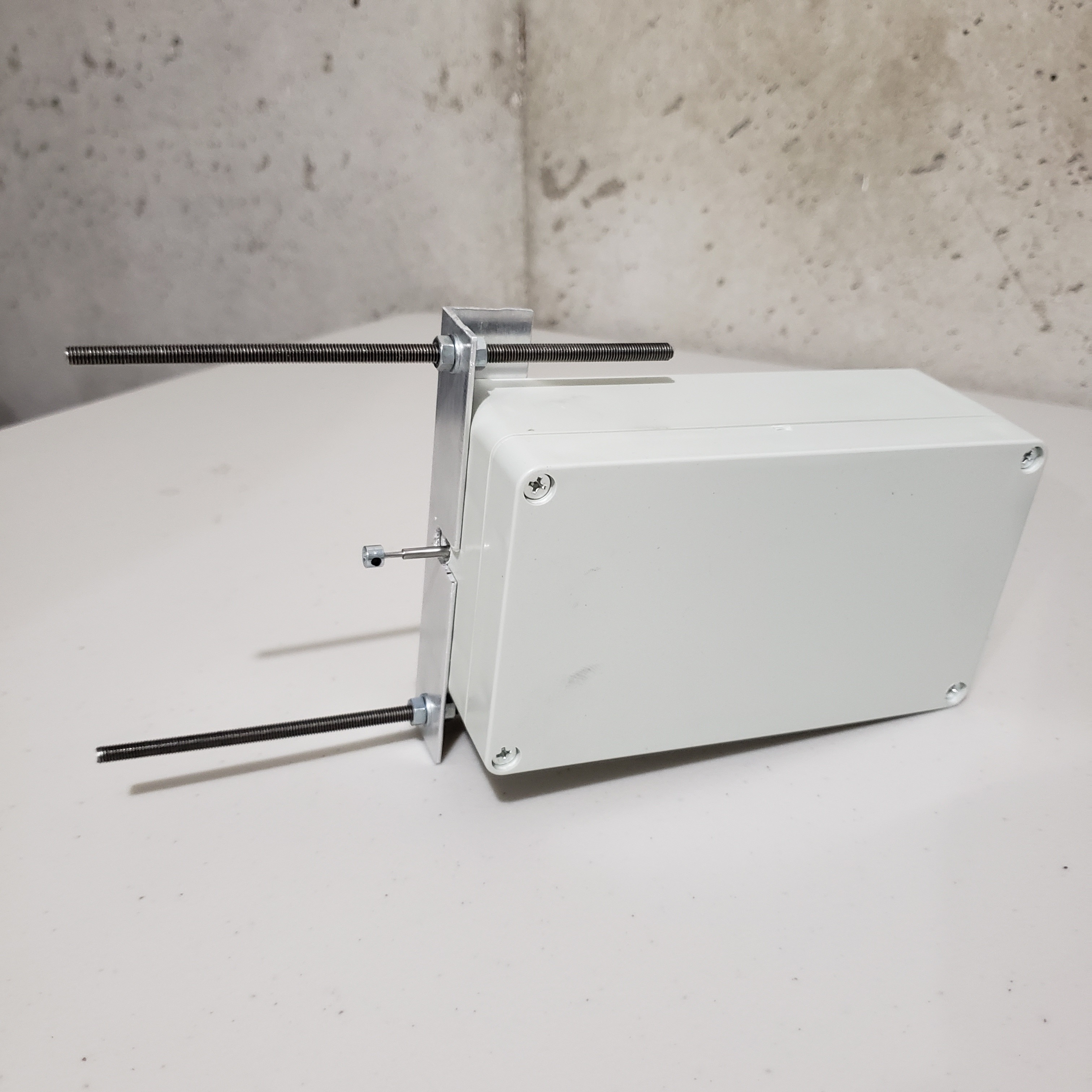
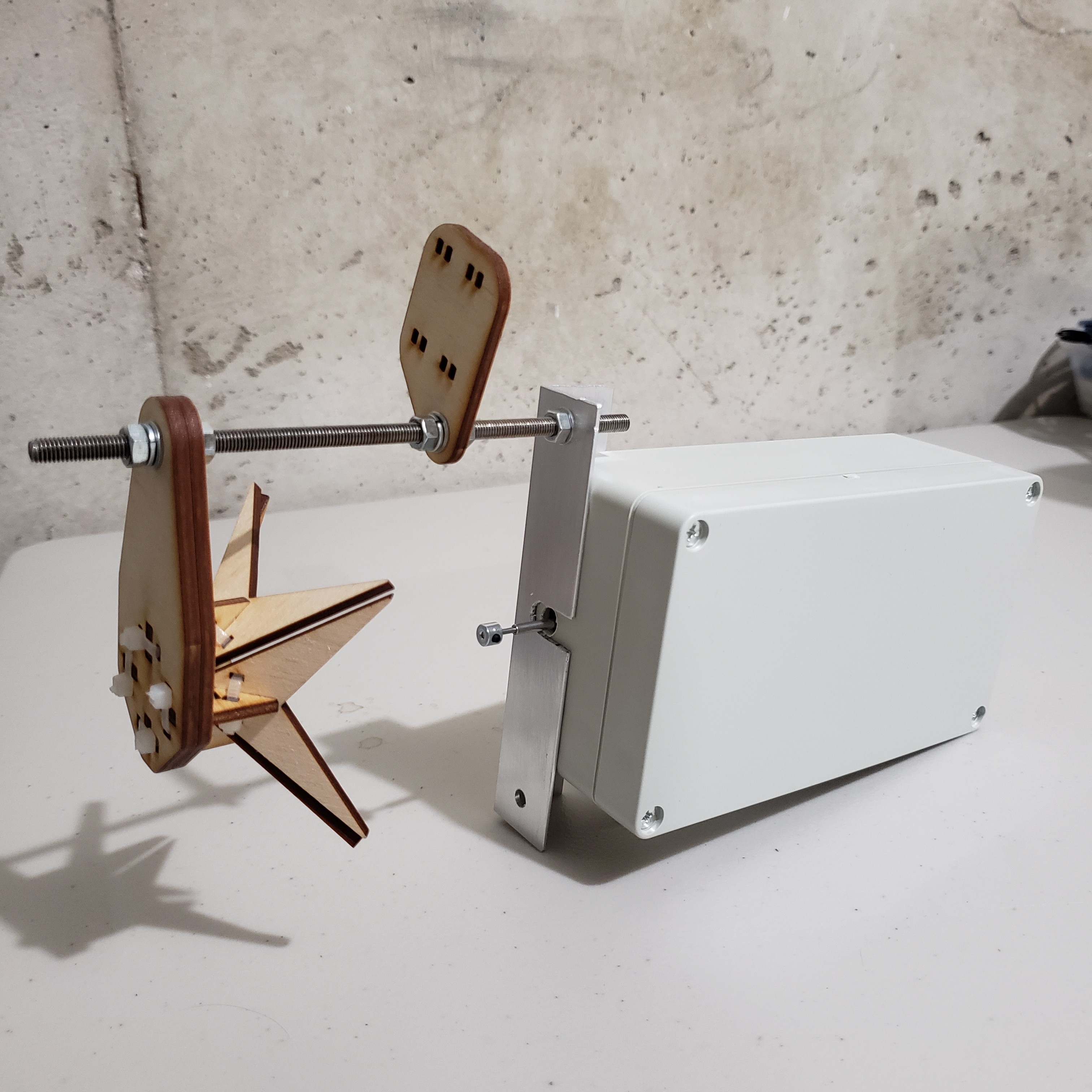
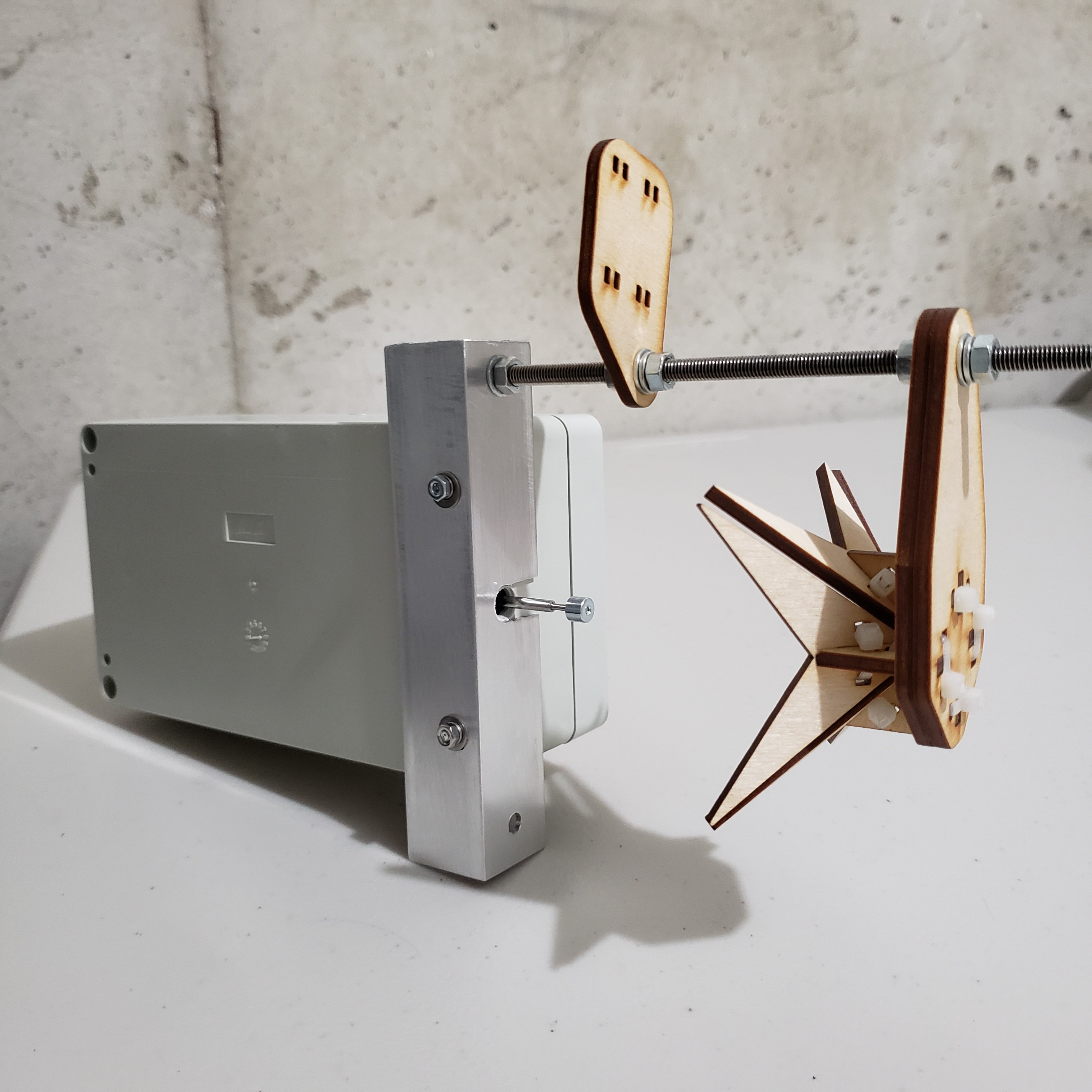
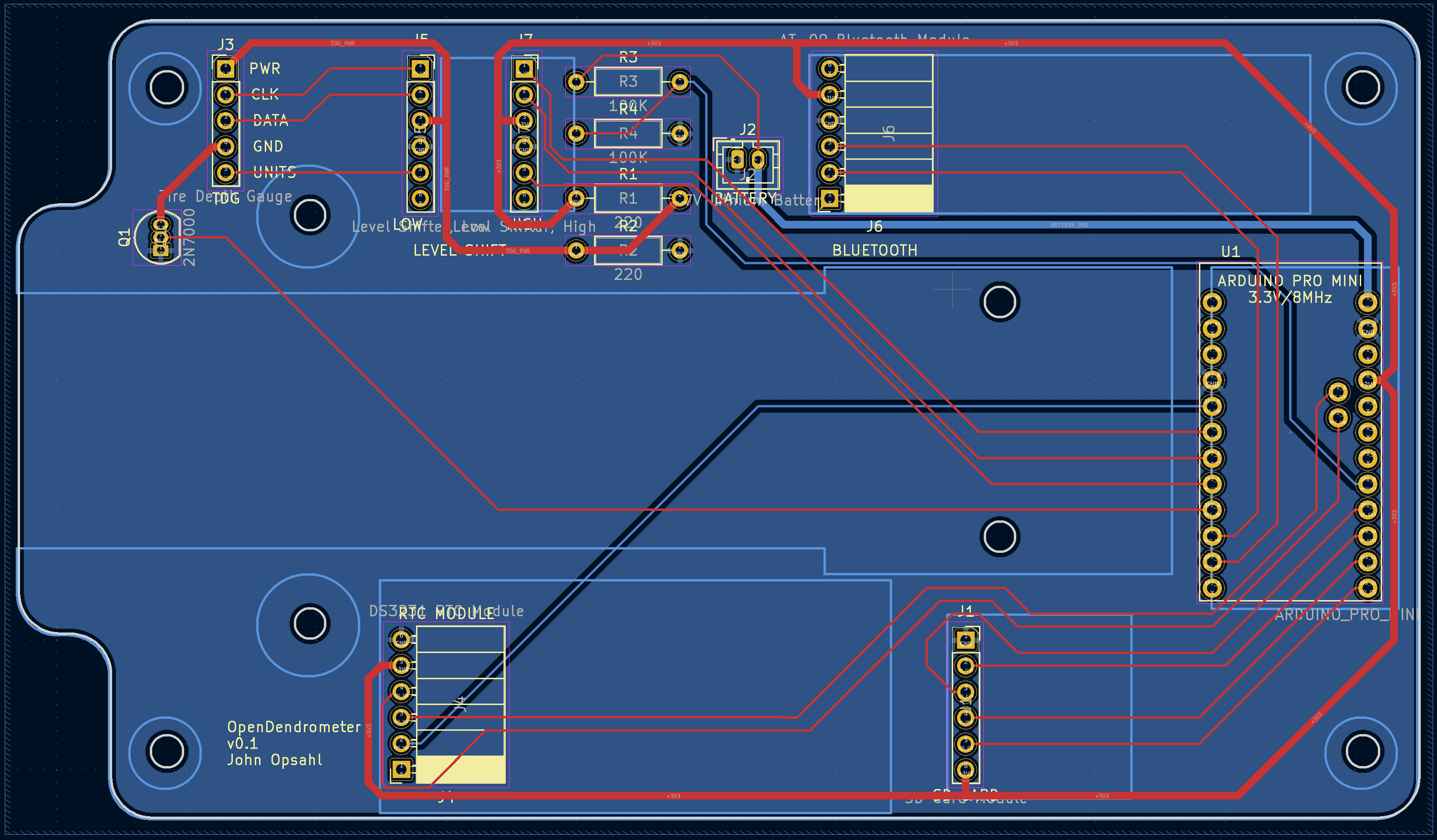
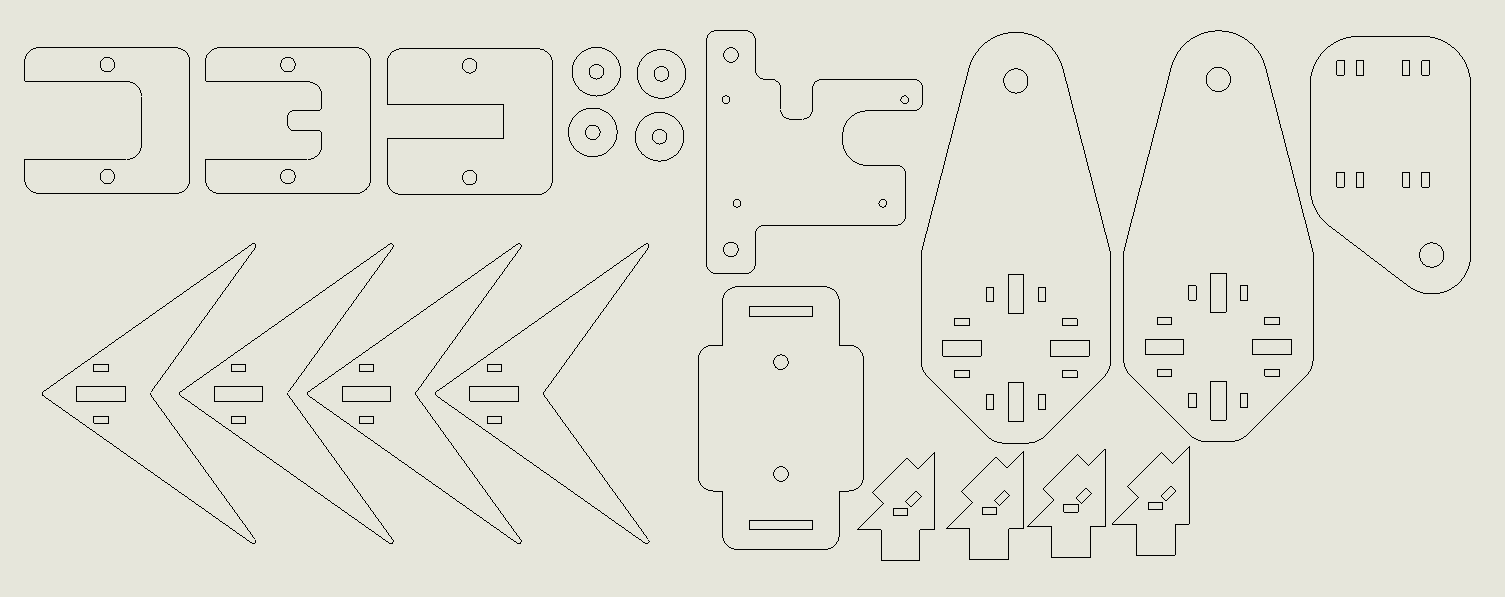
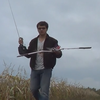



 aloismbutura
aloismbutura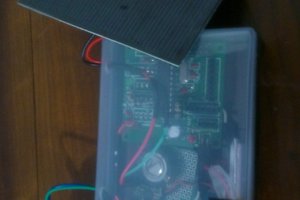
 Clovis Fritzen
Clovis Fritzen
 Kevin Jablonski
Kevin Jablonski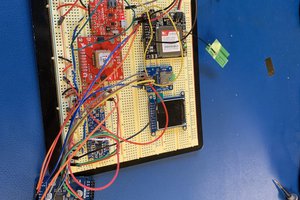
haha gotta love the breadboard, ship it!